Related Research Articles

Dannevirke, is a rural service town in the Manawatū-Whanganui region of the North Island, New Zealand. It is the main centre of the Tararua District.
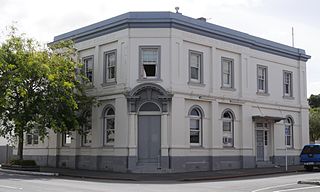
Kaikohe is the seat of the Far North District of New Zealand, situated on State Highway 12 about 260 km from Auckland. It is the largest inland town and highest community above sea level in the Northland Region. With a population of over 4000 people it is a shopping and service centre for an extensive farming district and is sometimes referred to as "the hub of the north".

Charles William Penrose was a member of the Quorum of the Twelve Apostles of the Church of Jesus Christ of Latter-day Saints from 1904 to 1911. Penrose was also a member of the First Presidency, serving as a counselor to church presidents Joseph F. Smith and Heber J. Grant from 1911 until his death.
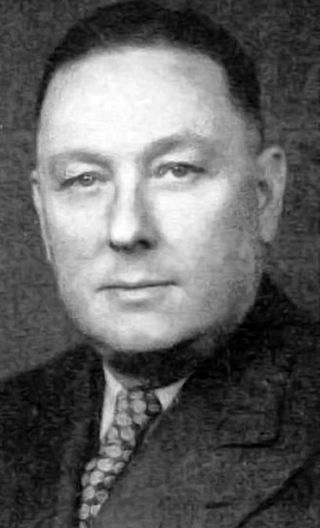
Matthew Cowley was an American missionary in New Zealand and then served as a member of the Quorum of the Twelve Apostles of the Church of Jesus Christ of Latter-day Saints from 1945 until his death.

The Church Educational System (CES) of the Church of Jesus Christ of Latter-day Saints consists of several institutions that provide religious and secular education for both Latter-day Saint and non–Latter-day Saint elementary, secondary, and post-secondary students and adult learners. Approximately 700,000 individuals were enrolled in CES programs in 143 countries in 2011. CES courses of study are separate and distinct from religious instruction provided through wards. Clark G. Gilbert, a general authority seventy, has been the CES commissioner since August 1, 2021.

Caryn Erena Paewai is a former field hockey player from New Zealand, who finished in sixth position with the Women's National Team, nicknamed Black Sticks, at the 2000 Summer Olympics in Sydney, Australia. Two years later she was a member of the side that finished fourth at the 2002 Commonwealth Games in Manchester. She was born in Dannevirke.

Te Waimate Mission was the fourth mission station established in New Zealand and the first settlement inland from the Bay of Islands. The members of the Church Missionary Society (CMS) appointed to establish Te (the) Waimate Mission at Waimate North were the Rev. William Yate and lay members Richard Davis, George Clarke and James Hamlin.
Pāora Te Potangaroa was a Māori prophet and rangatira of the Rangitāne Iwi in the Wairarapa region of the North Island of New Zealand. Little is known about his life, but he is known for having uttered an 1881 prophecy of the coming of a church that would be for the Māori people.
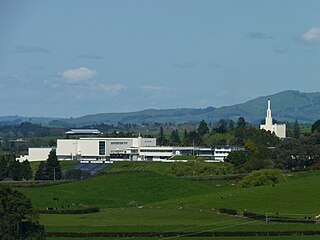
Church College of New Zealand (CCNZ) was a private secondary school in Temple View, Hamilton, New Zealand, that was operated by the Church Educational System of the Church of Jesus Christ of Latter-day Saints. It was closed at the end of the 2009 school year.
Stuart Meha was a New Zealand farmer and local Mormon leader. Of Māori descent, he identified with the Ngati Kahungunu, Ngati Rakaipaaka and Rangitane iwi. He was born in Wanstead, Hawke's Bay, New Zealand on 29 December 1878.
The Reverend Seymour Mills Spencer was born in Hartford, Connecticut. He and his wife Ellen Stanley Spencer followed an ambition to carry out the role of missionary work in New Zealand. He trained for missionary work in England at the Church Missionary Society College, Islington. The Church Missionary Society (CMS) was an evangelical organisation that was part of the Church of England.
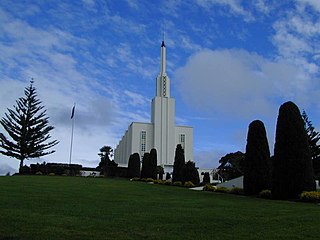
The Church of Jesus Christ of Latter-day Saints established its first New Zealand branch in 1855. It reported 117,319 members in 228 congregations in New Zealand as of 2022, making it the second largest body of LDS Church members in Oceania behind Australia. The LDS Church has one temple in New Zealand, with a second under construction and a third announced. The 2018 census recorded 54,123 individuals, or 1.2% of respondents, self-identify as belonging to the faith. 313,000 respondents objecting to answer the religion census question in 2018 were not counted in the number or percentages.
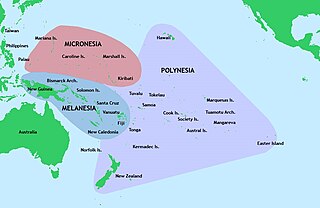
Pacific Islanders have a particular place in the history of the Church of Jesus Christ of Latter-day Saints. Its first non-English-speaking mission was in the region in 1844, less than twenty years after the church's founding, and there are currently six temples among the Pacific Island regions of Polynesia, Melanesia, and Micronesia. In 2015 the Latter-day Saint population in the area was increasing in percentage and absolute numbers.

The Northern Maori by-election of 1963 was a by-election for the electorate of Northern Maori on 16 March 1963 during the 33rd New Zealand Parliament. The by-election resulted from the death of the previous member Tapihana Paikea on 7 January 1963. It was held the same day as the Otahuhu by-election.
Albert Manahi Kewene is a retired New Zealand Māori dentist.
The New Zealand Church Missionary Society (NZCMS) is a mission society working within the Anglican Communion and Protestant, Evangelical Anglicanism. The parent organisation was founded in England in 1799. The Church Missionary Society (CMS) sent missionaries to settle in New Zealand. The Rev. Samuel Marsden, the Society's Agent and the Senior Chaplain to the New South Wales government, officiated at its first service on Christmas Day in 1814, at Oihi Bay in the Bay of Islands, New Zealand.
Mere Mete Whaanga was a pioneer and missionary for the Church of Jesus Christ of Latter-day Saints in New Zealand. She was a leader of the Maori Ngati Kahungunu tribe and helped to spread the gospel in her area after being baptized by American missionaries. The efforts of her and her husband, Hirini Te Rito Whaanga, hundreds of members of their tribe were baptized. Mere and Hirini became vital to LDS work in the area. She moved to Salt Lake City in 1984, where she stayed until the death of her sister-in-law, besides a year-and-a-half mission back to New Zealand. Mere returned to New Zealand before eventually returning to Salt Lake City to be buried next to her husband. She died on May 11, 1944, at the age of 96.
The 1967 New Year Honours in New Zealand were appointments by Elizabeth II on the advice of the New Zealand government to various orders and honours to reward and highlight good works by New Zealanders. The awards celebrated the passing of 1966 and the beginning of 1967, and were announced on 1 January 1967.
Manahi may refer to:
References
- ↑ Paewai, Manahi. "Manahi Nitama Paewai". Dictionary of New Zealand Biography . Ministry for Culture and Heritage . Retrieved 1 December 2011.
- ↑ Encyclopedia of New Zealand entry on Paewai
- ↑ Glen L. Rudd, "Memories of Matthew Cowley: Man of Faith, Apostle to the Pacific" in Grant Underwood, ed., Pioneers in the Pacific (Provo, Utah: BYU Religious Studies Center, 2005) p. 23
- ↑ "New Zealand Public Health Association 2010 newsletter, has a short article about Paewai". Archived from the original on 21 October 2013. Retrieved 28 March 2012.
- ↑ article on Paewai from the National Library of New Zealand
- ↑ New Zealand encyclopedia bio of Paewai
- ↑ "No. 43967". The London Gazette . 29 April 1966. p. 5195.
- ↑ "No. 44212". The London Gazette (3rd supplement). 1 January 1967. p. 44.
- ↑ Video on YouTube
- ↑ "Candidate Next Week". The New Zealand Herald . 16 February 1963. p. 3.